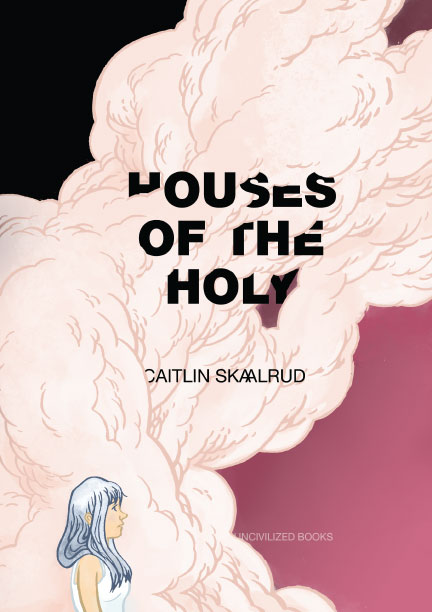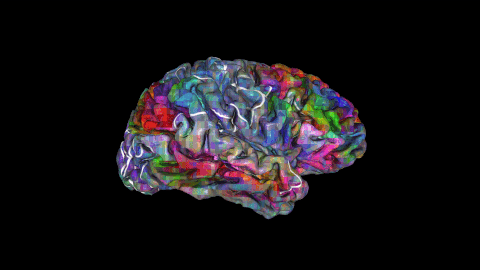Ratatà 2016 Recap; Salón del Cómic de Barcelona; Anya Davidson; Caitlin Skaalrud; New exhibitions at Billy Ireland Cartoon Library and Museum; Sequential State; Meaning in the brain.
—————————————————————————————————
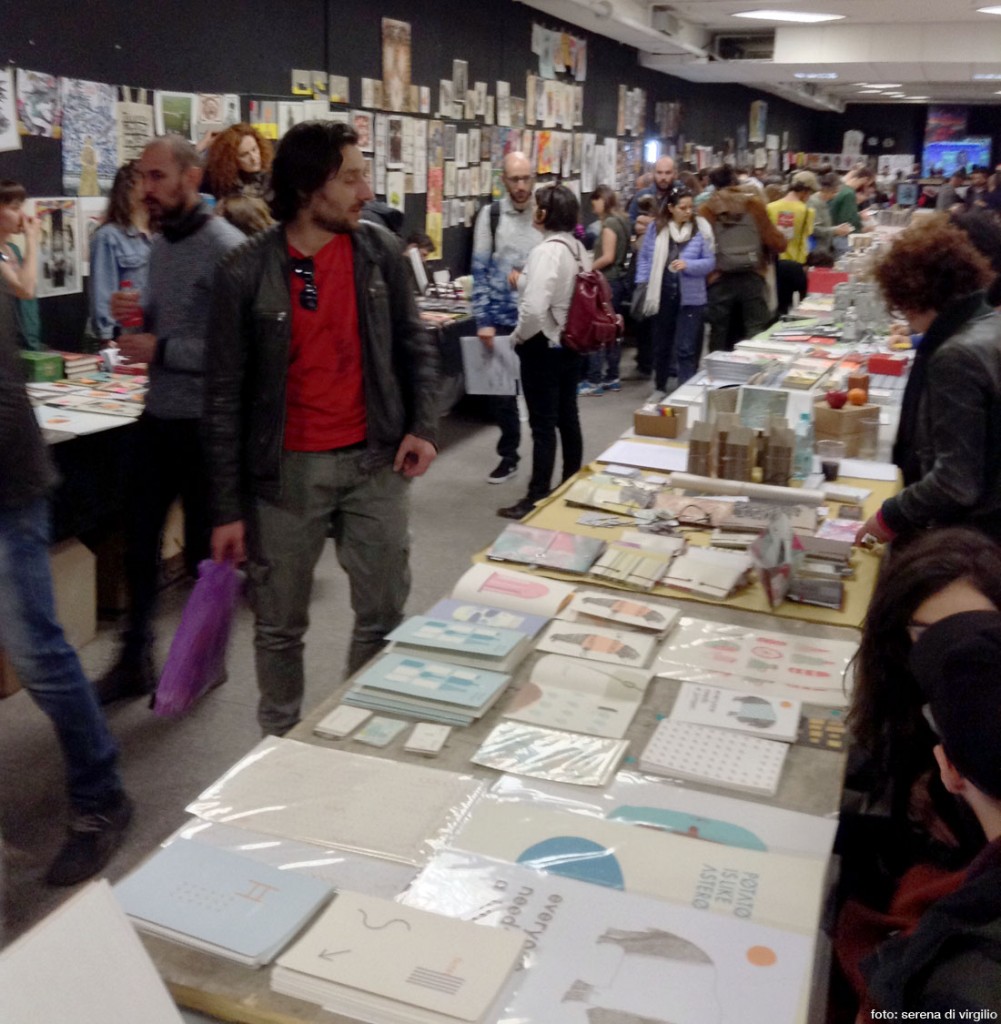
Ratatà 2016
Serena Di Virgilio brings you a nice recap of all the happenings from Macerata’s Ratatà Festival (April 12-17) over on Italian comics blog Just Indie Comics. It’s a European festival so there were activities scattered all around the city center. Workshops, gallery exhibitions, independent press marketplace, signings and coffee. The good stuff. Lots to look at here. Join Di Virgilio for a stroll through Macerata and soak it all in!
—————————————————————————————————
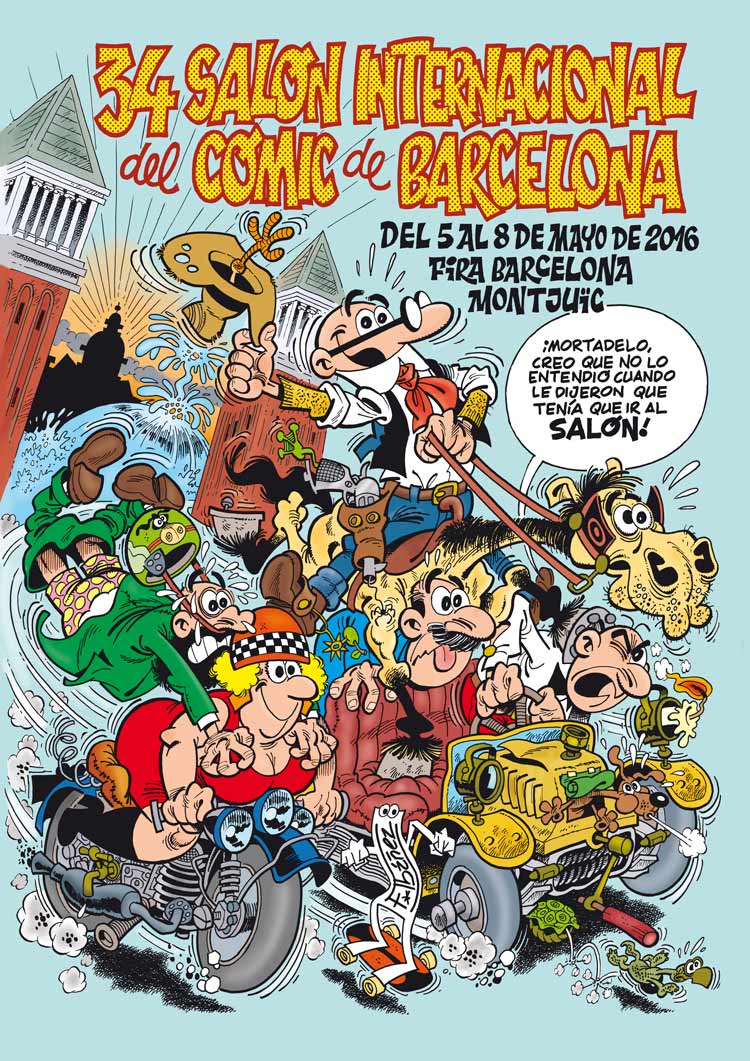
Salón del Cómic de Barcelona – 34
This weekend in Barcelona. Este fin de semana, nenes!
Salon/Saloon, what’s the difference? It’s on that old school San Diego Comic-Con wavelength, but Catalan, you feel me?
Big show, lots of nooks and crannies, not completely flooded with licensed characters and merchandising. Vale la pena darle una visita si estas en Barcelona.
—————————————————————————————————
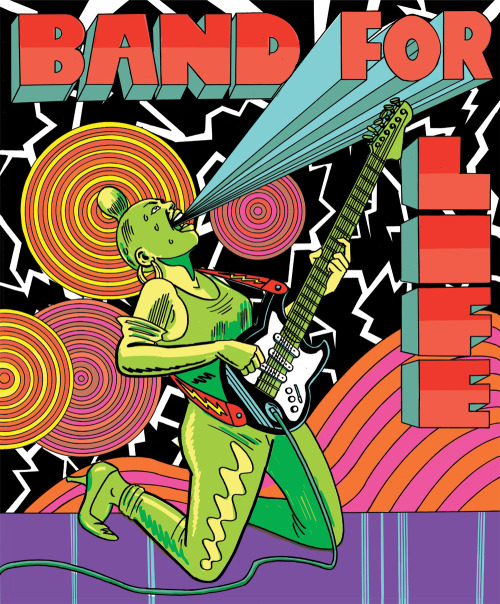
Anya Davidson in conversation with Greg Hunter on TCJ
“As far as trends in underground comics…I hate cute. I really do…and I’m kind of leery of…the mania for cuteness that has kind of infected underground comics. I really feel allergic to that. … I don’t know why I find it so repellent. I guess because I think that cuteness is used as a marketing tool? And it’s used to sell us things, like, we breed these puppies that can’t walk and can’t move, you know? I think cuteness, for me, equals subjugation, and I just really feel passionately that…cartooning for me is a way to break the chains of that, and so… It freaks me out.” –Anya Davidson
Check it all out over on The Comics Journal.
—————————————————————————————————
Caitlin Skaalrud interviewed Inkstuds
“The thing that I find attractive about these occult things or symbols is not necessarily what they implicitly mean but what that those images have a structured meaning that people can sort of agree. There’s a certain amount of understanding from those classic tarot images, we can all sort of understand what those mean… It’s more along the symbolism and motifs that paintings would use to indicate certain things… for me it was a way to not cheat find shortcuts in how people would receive it on a visceral, emotional way.” -Caitlin Skaalrud
—————————————————————————————————

Comics in Columbus, OH
The Billy Ireland Cartoon Library and Museum have just announced their summer/fall exhibits. LITTLE NEMO: DREAM ANOTHER DREAM and GOOD GRIEF! CHILDREN AND COMICS –These two new exhibits will debut in June and run through October 2016. These exhibits are free and open to the public.
Get all the details on these upcoming exhibitions here. Start planning your pilgrimmage now.
————————————————————————————————— 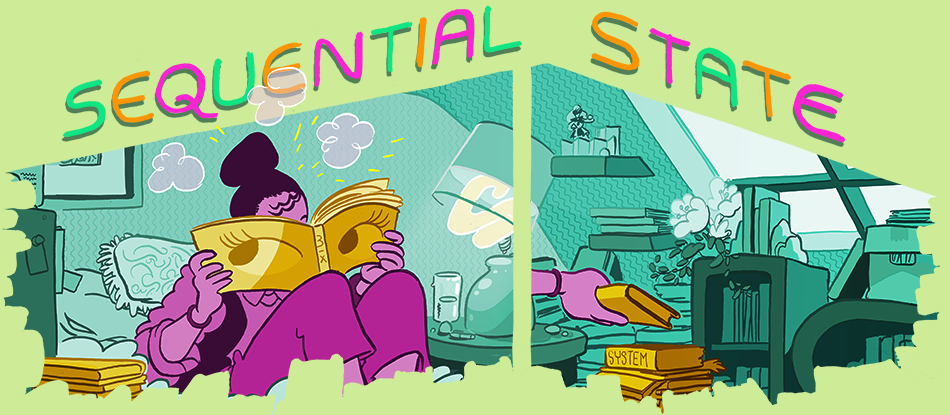
Support Comics Criticism
Alex Hoffman over at Sequential State is passing around the hat. Consider chipping in if you’ve previously enjoyed their reviews and interviews that they put together.
Since day one, I’ve tried to make Sequential State a reader-friendly place, with no advertisements, strong writing, and a fun monthly podcast. I want to explore comics, and I want you to enjoy what I find.
Keeping up the website and the podcast isn’t free though, and I’d love to expand Sequential State’s coverage. I want to pay other great authors to write criticism for Sequential State, support our podcast archives, and maybe even publish some new comics by great cartoonists.
You can contribute here.
—————————————————————————————————
Mental Map
Neural networks and the form of our forms. Great study over at UC Berkley explores the nature of semantic connections in the brain developed in language via storytelling. Really beautiful stuff that points to the inherently synaestheic framework for how humans build natural language. It’d be interesting to see the way the brain is “lit” when exposed to image and word stimuli embedded in comics.
To better understand how the brain processes language, researchers from the University of California (UC), Berkeley, and their colleagues used functional magnetic resonance imaging (fMRI) to map the brains of people listening to a storytelling podcast(ed. The Moth). Using the resulting maps, the team could accurately predict the study participant’s neural responses to hearing new stories. And these responses were surprisingly consistent across individuals, according to the team’s study, published today (April 27) in Nature.
Check it all out over on The Scientist.
—————————————————————————————————
See you later, nenes 😉
-Juan
https://www.youtube.com/watch?v=vvRkJzVQBP0
